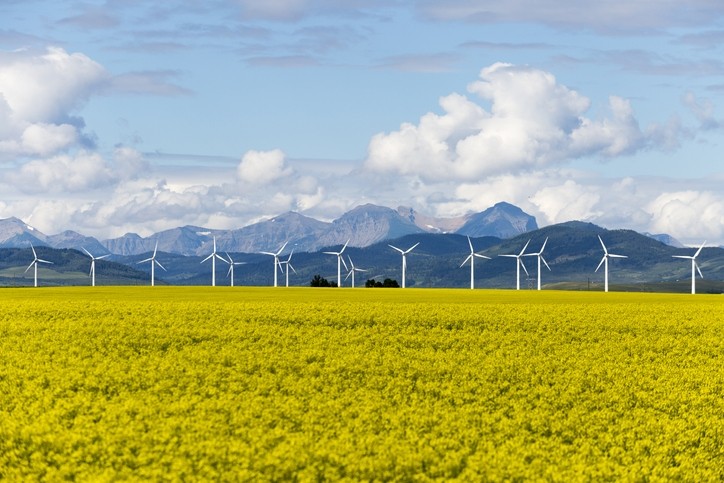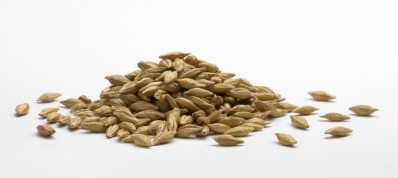Canadian oilseed output to jump on higher canola yields

The estimate for marketing year 2022/23 (August to July for oilseeds) is based on anticipated improvement in canola yields, according to a USDA FAS publication.
“More precipitation is needed in vast areas of canola-growing regions in Saskatchewan and Alberta to lessen current drought conditions. In Eastern Canada, meteorologists are forecasting above-normal precipitation this spring in soybean-growing regions of Ontario and Quebec,” reported the authors.
They also outlined how six crush plant expansions and new builds are projected to expand canola crush capacity from 11 million metric tons (MT) in 2021 to at least 17 million MT by 2025.
“Investment in crush capacity is largely being driven by the biodiesel and renewable diesel industries. Canada is actively exploring export markets for the increased domestic supply of canola meal, which is crucial to supporting crush margins.”
In MY 2022/23, farmers are forecast to plant more soybeans, as indicated by a continuation of strong prices and lower winter wheat planting than the previous year.
Total Canadian meal production - soymeal and canola meal - is forecast to increase more than 10% on increased domestic supplies of canola seed, while protein consumption in soymeal equivalent is forecast to fall slightly, in part due to a slight reduction of livestock inventories.
Drought impact
Severe drought in the prairies reduced MY 2021/22 canola yields from 2.34 tons per hectare in 2020 to just 1.40 tons per hectare in 2021, subsequently lowering MY 2021/22 canola production by 35% over MY 2020/21 levels.
National soybean production was only marginally lower than MY 2020/21 levels. “Reduced production in the drought-stricken prairies was mostly offset by record-level yields in Canada’s largest soybean growing province, Ontario. FAS/Ottawa forecasts MY 2021/22 soymeal imports from the US will increase more than 10% over the previous marketing year due to domestic animal feed shortfalls resulting from summer drought in the Canadian Prairies.”
The pace of exports was slowed by COVID-19 related supply chain challenges at the Port of Vancouver, landslides, extreme cold temperatures, and a two-and-a-half-day labor dispute at Canadian Pacific Rail. “However, the burden on the oilseed sector was lessened by the fact that the pace of exports was weaker in the second half of the year than in previous years. This is both because total exportable supplies fell due to drought, and because exports were front-loaded in MY 2021/22 due to strong international demand.”
Supply chain issues
Several supply chain issues will challenge farmers' ability to access fertilizer and other inputs, however, noted the report. Therefore, the authors noted a potential risk to MY 2022/23 crop yield and quality.
“FAS/Ottawa is monitoring the impacts of a labor disruption that took place at one of Canada’s two main railroad companies. On March 20, Canadian Pacific (CP) Rail locked-out employees after a union representing more than 3,000 employees threatened a labor strike and both sides failed to come to an agreement. Key locomotive engineers, conductors, trainpersons, and yard persons across the country stopped working for two and a half days before CP Rail and the Teamsters Union agreed to binding arbitration. Normal business operations resumed March 22 but there may be residual disruptions.”
The authors also stressed that forecasts in their report do not fully reflect trade disruptions at Black Sea ports, and various export bans on crops and fertilizers imposed by Russia, China, and other countries. “This forecast depends on world production of alternate oilseeds crops and assumes minimal shift in seeded area for most oilseed crops but lower global sunflower production because of extremely limited planting predicted to occur in Ukraine this year.”
Eastern Canada is particularly vulnerable to Russia’s ban on nitrogen exports as the majority of Ontario’s nitrogen supply is typically imported from Russia. Shortages may have damaging effects on soybean yield and quality.








